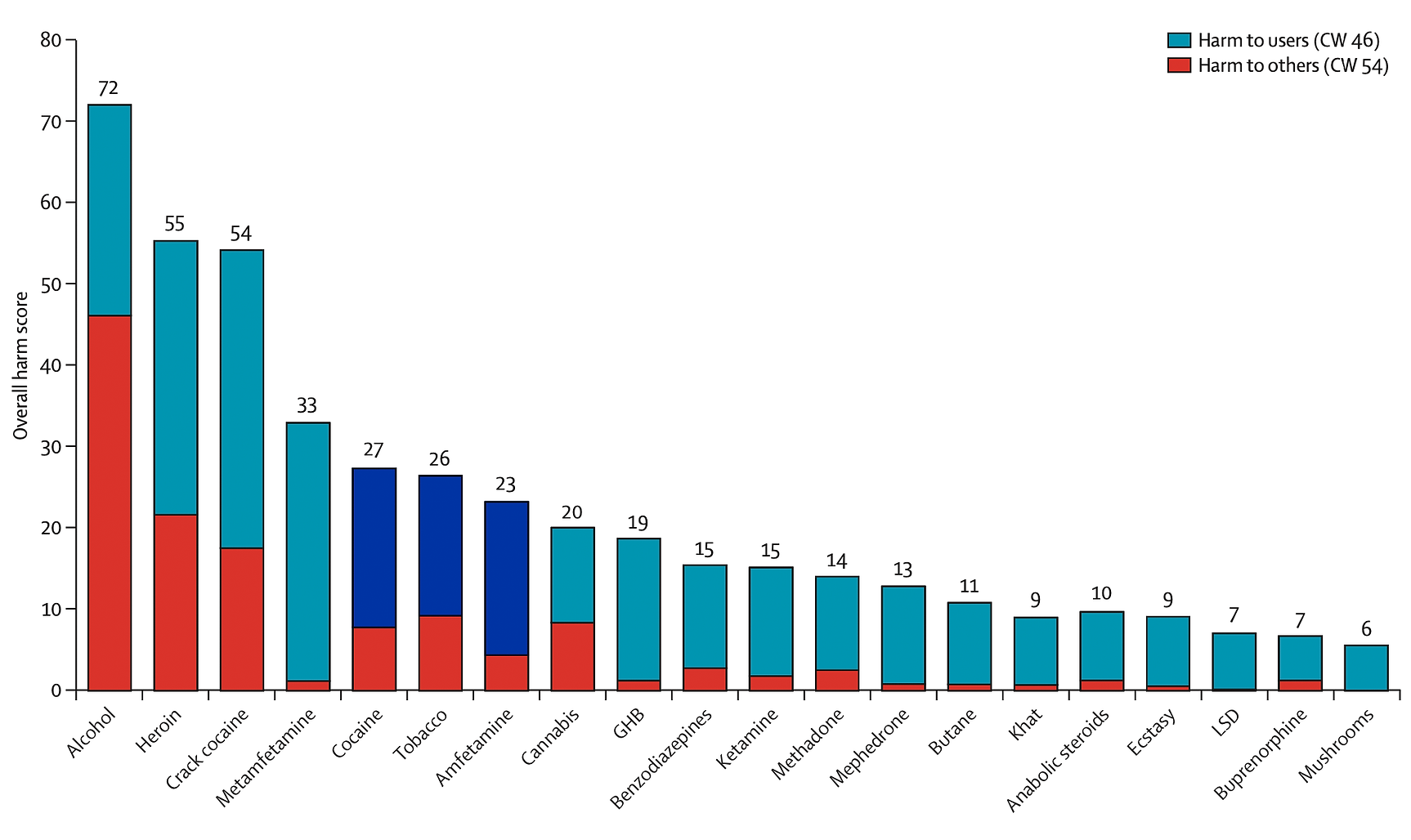OVERVIEW
The word psychedelic means “mind manifesting”. It was coined by the English psychiatrist Humphry Osmond, and consists of a combination of two Greek words, “psukhḗ” (mind, soul) and “dêlos” (manifest, visible).
The most well-known psychedelics are psilocybin, LSD, DMT and mescaline.
MDMA is technically not a psychedelic, however it is often associated with these because of cultural heritage and current research.
Psilocybin can be found in around 200 species of ‘magic’ mushrooms, mescaline is found in different cacti such as San Pedro & peyote, and DMT (dimethyltryptamine) occurs in many plant species which have been used in religious ceremonies in some South American countries for centuries. The latter is best known as the main active ingredient in ayahuasca. LSD (lysergic acid diethylamide) and MDMA (methylene dioxy methAmphetamine) are manmade psychoactive substances, the former being derived from ergot, a parasitic fungus that grows on various types of grain.

The most well-known psychedelics are psilocybin, LSD, DMT and mescaline. MDMA is technically not a psychedelic, however it is often associated with these because of cultural heritage and current research.
Psychedelics can cause changes in perception, mood, consciousness, cognition, or behaviour, including a heightened sensory perception, altered perception of time and an increased inner awareness. They are distinguished from other classes of drugs by their capacity to reliably induce these states of altered perception, thought and feeling that are not experienced otherwise except in dreams or at times of religious exaltation. One way to describe them is as non-specific amplifiers of consciousness. These features, combined with psychotherapy, show promising results for a host of mental health issues, such as depression, (end-of-life) anxiety, addiction, and PTSD.
Clinical research into psychedelics began in the 1950s but was shut down for mostly political reasons in the beginning of the 1970s. For more than a decade now, there has been a renewed interest in the therapeutical potential of psychedelics. In the United States, MDMA therapy for PTSD and psilocybin therapy for depression have both been granted “breakthrough therapy” status by the FDA. Psychedelic substances are known for having a great safety profile. In a ranking of personal and social harms caused by both legal and illegal drugs, psilocybin mushrooms, LSD and MDMA scored significantly better than legal substances such as alcohol, nicotine and benzodiazepines, or illegal ones such as cocaine and even cannabis.
These features, combined with psychotherapy, show promising results for a host of mental health issues, such as depression, (end-of-life) anxiety, addiction, and PTSD.

Drug harms in the UK: a multicriteria decision analysis, par David Nutt et al. (2010)
Finally, as far as the classic psychedelics go, they are considered to be non-addictive to their users. For MDMA & ketamine this is not completely the case, but they are still thought to be far less addictive than substances such as nicotine or alcohol.
In the following weeks and months, we will create a webpage for each substance with detailed information about their safety, chemical composition and mechanisms of action, the risks involved and some history.
Subscribe to our newsletter or social media channels to stay up to date.
INTERESTED IN PSYCHEDELIC RESEARCH AND THERAPIES?
Subscribe to the PSBE's newsletter to stay in the loop, hear about our events, and become a part of a community dedicated to advancing psychedelics.
*By clicking subscribe, I confirm to receive emails from PSBE and agree with its privacy policy.
- © Psychedelic Society Belgium NGO - 2022
- Zonnelaan 29,1860 Meise Belgium
- RLP Dutch-speaking Business Court Brussels 0756.985.921